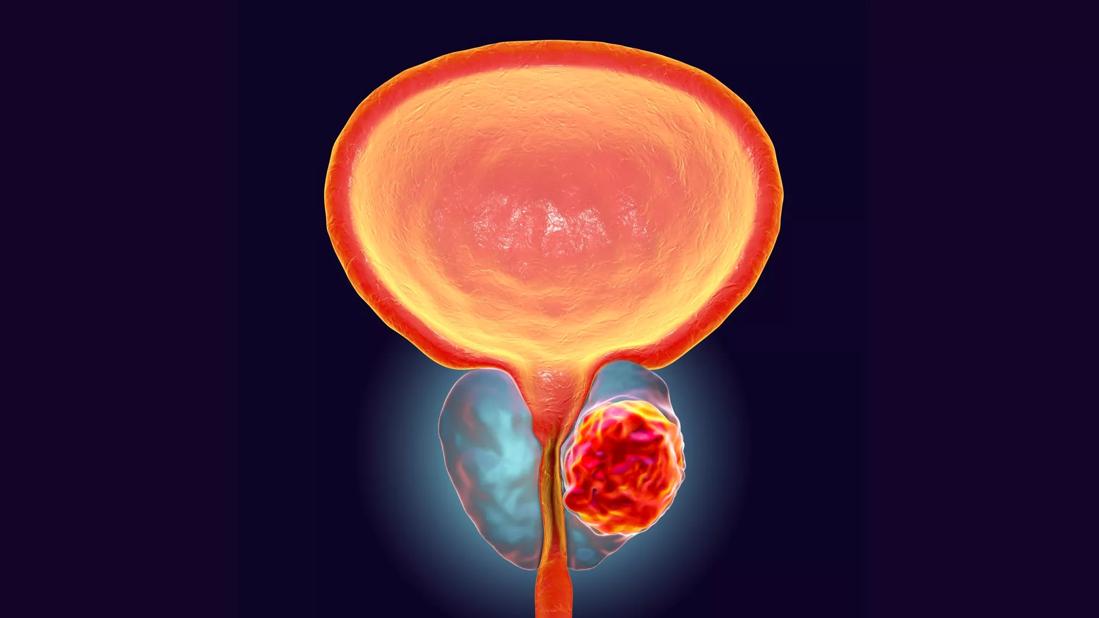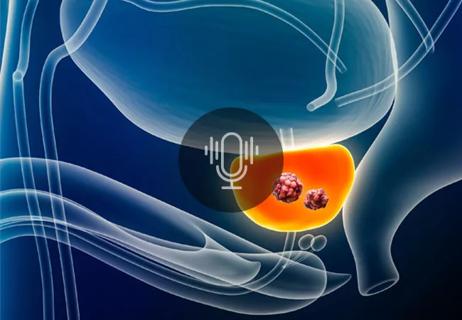Novel research to evaluate noninvasive treatments in ED and chronic pelvic pain

Cleveland Clinic investigators have launched a novel clinical trial to assess the efficacy of low-intensity focused shockwave therapy (fSWT) and radial wave therapy for treatment of erectile dysfunction (ED) or chronic pelvic pain in prostate cancer survivors.
Advertisement
Cleveland Clinic is a non-profit academic medical center. Advertising on our site helps support our mission. We do not endorse non-Cleveland Clinic products or services. Policy
“This is the first study to directly compare shockwave, radial wave and sham therapy all in parallel for ED,” says Petar Bajic, MD, Director of the Center for Men’s Health in Department of Urology and principal investigator (PI) of the trial. “It’s also the first study to compare shockwave therapy versus radial wave therapy alongside a standard regimen of pelvic floor physical therapy for chronic pelvic pain.”
Every year, approximately 3,000 men are treated for ED and 1,000 for chronic pelvic pain at the center. Medication is the most common current approach to ED; physical therapy typically is one of the most effective and durable approaches for chronic pelvic pain. Although both fSWT and rWT are being marketed to patients for those indications, only fSWT has shown promise in early trials while rWT has not been proven effective in any trials. Additionally, prostate cancer survivors are often ineligible for these trials and the effect of either fSWT or rWT in this population is not well studied.
“There is a desperate need for regenerative-type treatments for ED because it is often a side effect of treatment for prostate cancer and medication may not solve the underlying issue,” says Dr. Bajic. “In terms of chronic pelvic pain, this is a difficult problem to treat effectively, and can occur after certain prostate cancer treatments such as radiation.”
Preclinical studies indicate that fSWT, which can penetrate deep tissue, may induce vascular proliferation, recruit stem cells and promote nerve regeneration. Clinical studies have shown small yet promising effects on patient-reported symptoms and vascular hemodynamics, without significant adverse events.
Advertisement
Unlike with fSWT, the shockwaves generated by rWT are shallow and disperse away from the tip of the device. Evidence from trials of rWT to date has failed to convincingly show efficacy and a recent meta-analysis found no difference between rWT and sham therapy in patients with ED. There have been no trials to date comparing fSWT to rWT for chronic pelvic pain.
Cleveland Clinic investigators previously assessed fSWT and rWT in a retrospective study of patients with vasculogenic ED and found that rWT was non-inferior to fSWT. However, the trial was not powered to detect clinical efficacy, did not include a sham control and did not include patients with prostate cancer.
The aim of the new randomized, sham-controlled, double-blind trial is to assess whether fSWT is superior to rWT and sham control for improving ED or chronic pelvic pain syndrome in prostate cancer survivors. In a separate study by this research team, a parallel study is also being carried out evaluate this hypothesis in patients who do not have prostate cancer.
Recruitment for the study is currently open with the support of Cleveland Clinic’s VeloSano cancer research fundraising initiative, and the estimated completion date is June 2025. Men must be age 40 or older to enroll. For the prostate cancer survivors, treatment must have been with surgery or radiation. In those with ED, the condition must be mild to moderate, and responsive or partially responsive to phosphodiesterase type 5 inhibitors (PDE5Is).
“We’ve included a rigorous washout phase in the trial. Patients taking PDE5Is will be asked to discontinue them four weeks prior to enrolling and will stay off the medication for the duration of the trial,” says co-principal investigator Raevti Bole, MD. “Our goal is to look closely at whether erectile function changes over the course of treatment, ideally without any outside influences.”
Advertisement
Prostate cancer survivors in the ED cohort will be randomized in a 2:2:1 ratio to one of three study arms: fSWT, rWT or sham. Treatment – fSWT with a Storz Duolith SD-1 device, rWT with a Zimmer enPuls Pro device, and the sham with a handheld sham probe – will be administered once a week for six weeks. The prostate cancer survivors with chronic pelvic pain will be randomized to one of two arms: fSWT with PFPT or rWT with PFPT.
During each treatment session, shockwaves from fSWT, rWT or sham probe will be administered by a study nurse to the appropriate body location without the need for anesthesia. Patients will wear noise-canceling headphones and blackout glasses during the sessions to minimize risk of bias.
Evaluations we will be conducted at baseline and three, six and 12 months after treatment. In participants with ED, patient-reported outcomes will be assessed with the International Index of Erectile Function score and a Sexual Encounter Profile, Global Assessment Questionnaire and Erection Hardness Score. In the patients with chronic prostatitis/chronic pelvic pain syndrome, assessment will be with the Chronic Prostatitis Symptom Index.
“Successful completion of this project will provide Level 1B evidence for the effect of fSWT and rWT on ED and chronic pelvic pain in prostate cancer survivors and could identify an effective nonsurgical regenerative treatment for these patients,” Dr. Bajic says. If the technologies are effective in the short-term, the next step for the investigators will be research on longer-term outcomes.
Advertisement
Advertisement

Approach offers a ‘middle ground’ between radical prostatectomy and active surveillance

AI histologic classifier reliably predicts clinical risk in men post-prostatectomy

Historic collaboration connects two Cleveland Clinic locations, enables real-time sharing of metrics and surgical progress

Patient factors and cancer characteristics are key to deciding between focal therapies and whole gland treatment

Correlation found between the biomarker HSD3B1 and resistance to combined hormone therapy and radiotherapy

FDA-approved therapy offers promise for patients with castrate-resistant prostate cancer

Using novel robotic approaches for a difficult-to-access prostate

A newer modality for select patients has shown positive outcomes to date